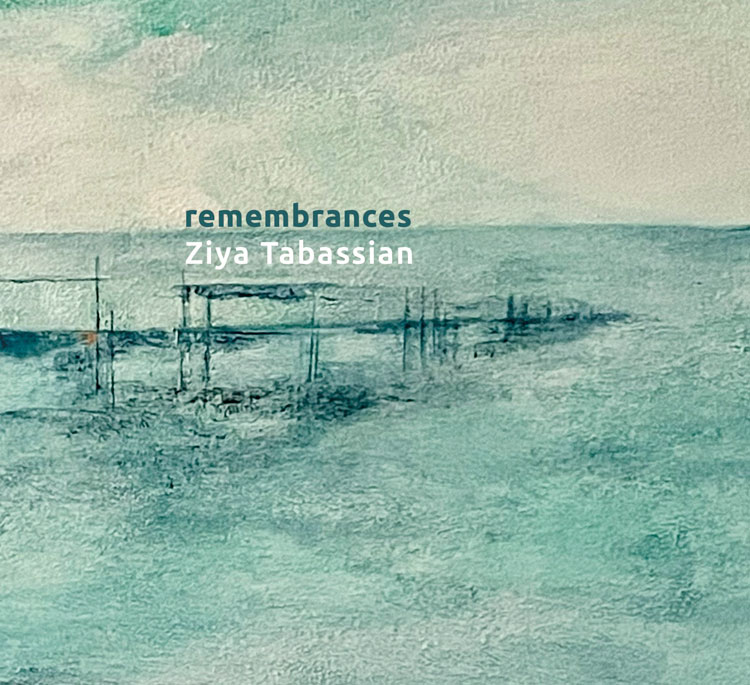Ziya Tabassian – Remembrances (Bostan, 2023)
In Ziya Tabassian’s Remembrances album, the foundational elements are deeply rooted in rhythmic cycles, or Osul, meticulously gathered from a manuscript scribed by Amir Khan Gorgi for the King of Iran during the Safavid era in 1696. These rhythmic cycles, while commonplace in their time, served as a creative canvas for numerous composers who crafted their melodies upon these intricate foundations.
Notably, in his previous album, Zarb-e Osul, Ziya Tabassian undertook the task of composing eleven percussion pieces, each intricately woven with the rhythms of these cycles. However, Remembrances takes a different artistic approach as Tabassian ventures into the realm of melodic compositions intricately intertwined with these timeless rhythms. The result is a collection of exquisitely crafted musical pieces that evoke a sense of nostalgia, transporting the listener to a bygone era.
Each composition within the album has its distinct origin. “Homa” derives its inspiration from the Osul Ramal, a rhythmic cycle spanning 28 beats, and is set within the enchanting mode of Homayoun. On the other hand, “Lovebird” finds its rhythmic essence in the verses of Hafez, the revered 14th-century Persian poet, in a 19-beat structure.
Meanwhile, “Par-Afshan” takes root in the Osul Barafshan, comprising 16 beats and transitions gracefully from Minor to Major modes.
The composition “Aquila” draws its rhythmic influence from the Osul Dowr-e Kabir, a 14-beat cycle, and is enriched by the captivating tonal progressions of the Mahoor mode from the Persian music repertoire.
“Dove” is an enchanting piece founded on the Osul Fakhte, a 10-beat cycle within the Dashti mode, featuring subtle allusions to traditional melodies. Subsequently, “Freebird” showcases the artist’s ingenuity by embracing the Osul Nim-Saqil, a 24-beat cycle, and embarking on a musical journey that transcends Pentatonic modes to Persian tonal landscapes.
“Bahar,” however, derives its rhythmic structure from the Osul Nim-Dowr, a 9-beat cycle. This composition unveils a mode crafted by Ziya Tabassian himself, amalgamating elements from the Raag Bassant of Indian music and Persian music intervals, with the term “Bahar” signifying the essence of spring.
The mesmerizing “Vazin” draws from the Osul Saqil, a 48-beat rhythmic cycle. It begins with the resonant notes of the kanun, gradually accompanied by a lute and the haunting strains of a viola da gamba, collectively generating a distinct early music ambiance.
Lastly, “TarabZa,” a composition that first took shape in 2011, flourishes with a 7-beat rhythmic cycle, expertly reimagined for Remembrances. Here, Ziya Tabassian introduces additional depth by incorporating strings and the resonant tones of marimba, breathing new life into this musical creation.
Musicians: Didem Başar on kanun; Mar yam Tazhdeh on tar; Yasamin Shahhosseini on oud; Sheila Hannigan on cello; Anjana Srinivasan on violin; Saeed Kamjoo on kamanche; Nazih Borish on oud; Emmanuel Hovhannisyan on duduk; Fabio Accurso on lute; Marie-Laurence Primeau on viola da Gamba; Krystina Marc on oud, marimba; Ziya Tabassian on tombak, bendir, da yereh, def, naqareh, cajón, pocket shaker, cabasa, bell, spoons, anbor, cymbals.
Buy Remembrances.


